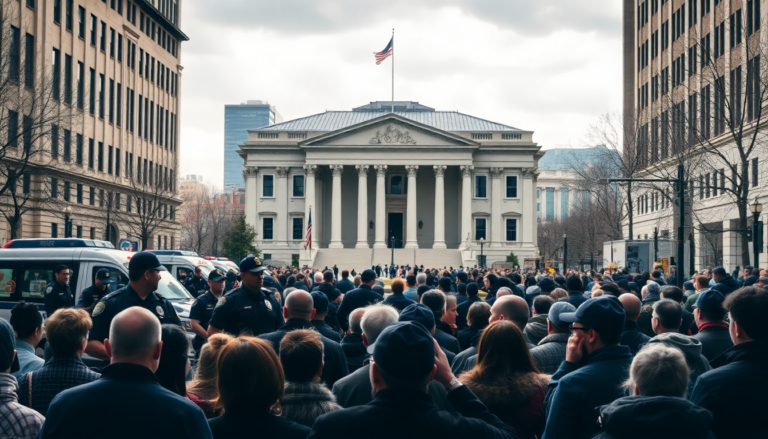Argomenti trattati
The recent assassination attempt on a former president during a campaign stop has raised serious questions about the security protocols of the Secret Service. Tragically, this incident resulted in loss of life and numerous injuries, igniting public outrage and underscoring the urgent need for reform within the agency. So, what exactly went wrong? This article explores the key failures that allowed a 20-year-old assailant to launch an attack from a rooftop, the agency’s responses, and the crucial lessons we must learn moving forward.
A Critical Examination of Security Oversight
Imagine this: on the day of the incident, a building located just 135 meters from where the former president was speaking remained completely unguarded. This glaring oversight proved catastrophic. Investigations revealed that while security personnel were aware of the risks associated with this line-of-sight, they considered it ‘acceptable.’ How could such a miscalculation happen? To make matters worse, the absence of large farm equipment that was supposed to obstruct the view further exposed the vulnerabilities within the event’s security arrangements.
Moreover, the Secret Service’s internal review pointed to a systemic failure in communication and coordination with local law enforcement. Instead of functioning from a unified command post, there were two separate command posts, which created a chaotic blend of communication channels—think radio, cell phones, and emails—leading to confusion on the ground during the attack. Isn’t it shocking how such fragmentation can have such dire consequences?
Following the tragedy, a Senate committee conducted a thorough investigation, highlighting multiple unacceptable failures in both the planning and execution of security measures for the event. Alarmingly, requests for additional personnel and resources to bolster security were denied. This raises serious questions: How committed is the agency to safeguarding public figures during such a contentious election cycle?
Investigative Findings and Agency Response
As investigations continued, it became clear that there were significant lapses in information-sharing practices within the Secret Service. Reports showed that senior officials had been aware of a specific threat to the former president leading up to the event, but this crucial information wasn’t passed on to the agents responsible for security. How can an agency protect its leaders if it fails to communicate vital threats? The lack of a comprehensive threat assessment underscores the need for a more integrated approach to intelligence sharing within the agency.
In light of these findings, the agency has reportedly acted on 21 out of 46 recommendations aimed at preventing a recurrence of such failures. These changes include enhancing policies related to threat assessment, improving communication with local law enforcement, and addressing line-of-sight vulnerabilities more effectively. The establishment of a new Aviation Division to oversee aerial security measures reflects a proactive approach to emerging threats. But will these changes be enough?
Despite these adjustments, skepticism remains about whether the measures taken are sufficient. Critics have pointed out that the lack of firings within the agency raises concerns about accountability, especially given the gravity of the failures that occurred. While some staff members faced disciplinary action, many believe more substantial consequences are needed to foster a culture of responsibility within the agency.
Looking Ahead: Ensuring Future Security
This incident has brought to light the urgent need to reassess the Secret Service’s approach to presidential protection, particularly in today’s climate of heightened threats. Experts argue that the agency must adapt its strategies to tackle the unique challenges posed by modern political environments. This involves a thorough review of staffing levels, resource allocation, and the overall preparedness of agents to respond to unforeseen threats.
As the agency moves forward, it’s crucial that the lessons learned from this incident inform future security measures. Continuous training, refined communication protocols, and a commitment to transparency will be vital in restoring public trust in the Secret Service’s ability to protect those it is sworn to serve. After all, how can the agency fulfill its duty if it doesn’t learn from its mistakes?
In conclusion, the failures observed during this tragic event are a stark reminder of the vulnerabilities inherent in security operations. By confronting these shortcomings head-on, the Secret Service can work towards creating a safer environment for public figures and rebuilding confidence in its protective capabilities. What steps will be taken next to ensure that such a tragedy never happens again?

